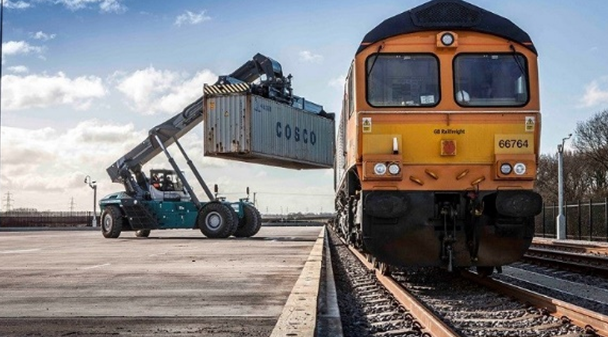Sometimes, just delegating a task to someone else isn’t enough. What you need is to give someone full control over a company asset in order to achieve maximum efficiency. At the highest instance of doing business, people in charge need to be able to make autonomous decisions, without having a direct superior above them. This is what the concept of track consignments is all about.

The way in which this works is quite simple – you give someone else the right to sell goods that legally belong to you. They’re in their possession so that they can sell and deliver them on short notice and they receive a percentage (often a quite large percentage) of the sale.
Just because you’ve given someone else the control over your assets it doesn’t mean that you no longer care about how they’re being managed. Here are several ways in which you can track consignments of your company.
Why this system is important to product owners?
First, you need a mechanism that will allow you to know when the item is sold. Most commonly, the original owner receives the majority of the item’s original value (about 60 percent) whereas the retailer receives the difference.
Still, you also need to know what happens if the goods are not sold in the agreed period of time. This kind of “expired” merchandise is then returned to the original owner. This is important because it A) allows you to keep track of your profit and B) gives you a chance to work with returned goods.
Remember, not all of these items have an actual expiry date, which means that even upon return, they can still be sold at their full price.
What do retailers get from it?

First of all, this method gives retailers a much greater chance of profit. For instance, the commission that they get to keep is substantially larger than if there were to just buy a product in bulk and hope to sell it.
Second, it gives them a lot more security of retail due to the fact that they don’t have to invest in the product at all. For instance, if they were to buy 100 units of a certain product and sell only 70 units, the 30 units that were left behind would be overpaid and seriously hurt their profit.
With this method, they get profit for every item they sell and all those items that they don’t sell they can just return.
The logistical background
In a scenario where there’s a constant collaboration between a particular owner/manufacturer and a retailer, there are certain logistical improvements that could potentially raise this collaboration to a much higher level.
For instance, with a great transport management system, the issue of delivery would be handled much more efficiently, which would result in higher satisfaction and a higher level of trust between both parties. Also, for this scenario to work, you need a more efficient contract-making process.
This is why it’s also quite important that you invest some time and effort into hiring a proper legal team.
Linking inventory to consignors account
Previously, we’ve talked about the importance of knowing when the item is sold and the simplest way to do so is to use the price tag of each consigned item to link it to the inventory where it can be reviewed from the consigner’s account.
This method is truly much less complex than it sounds. The whole problem comes from the fact that retailers aren’t confident with giving you their full inventory, which is completely logical.
This, however, means that they will have to develop an algorithm that will allow them to show you only items that are yours. Once this algorithm is set up, the system works great on its own.
At the end of the day, while this is a system that needs to be based on trust, this level of trust is much easier to achieve when there’s a high level of transparency in place.
This is why the above-listed four issues need to be taken into account and proper measures need to be taken in order this entire system to work to everyone’s benefit.